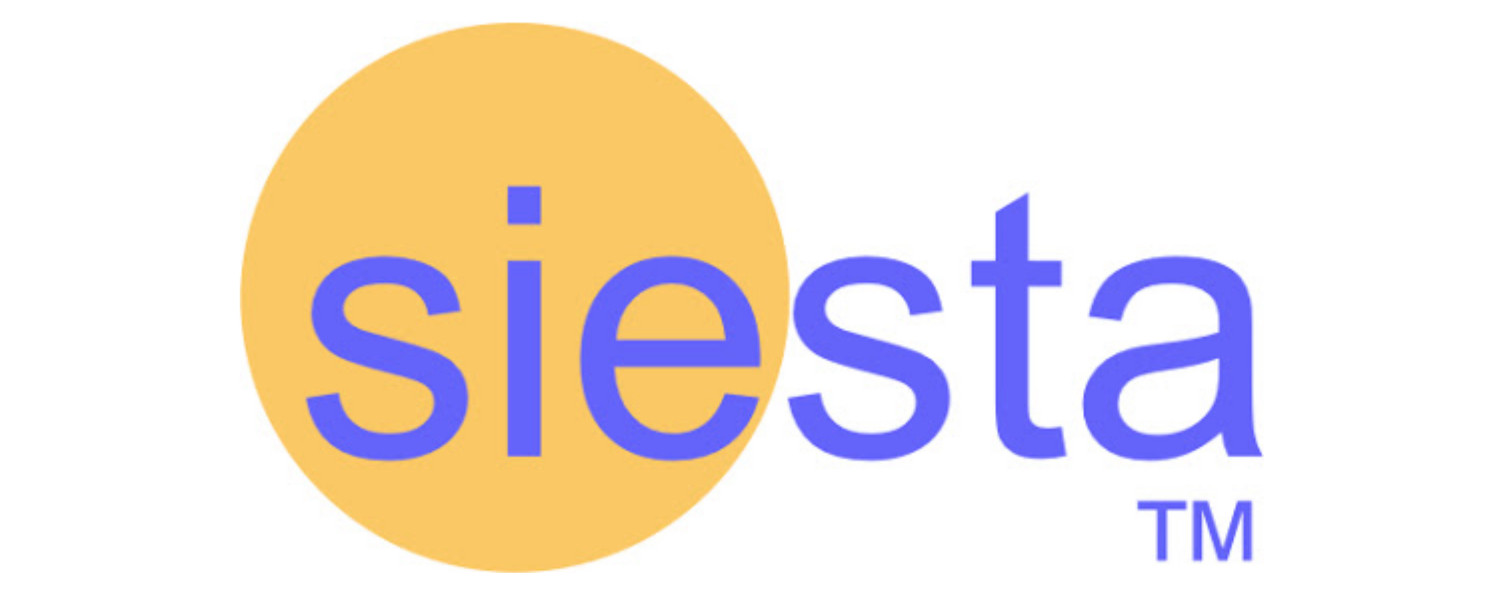Siesta: recent developments and applications
Journal of Chemical Physics - 2020
Alberto García, Nick Papior, Arsalan Akhtar, Emilio Artacho, Volker Blum, Emanuele Bosoni, Pedro Brandimarte, Mads Brandbyge, J. I. Cerdá, Fabiano Corsetti, Ramón Cuadrado, Vladimir Dikan, Jaime Ferrer, Julian Gale, Pablo García-Fernández, V. M. García-Suárez, Sandra García, Georg Huhs, Sergio Illera, Richard Korytár, Peter Koval, Irina Lebedeva, Lin Lin, Pablo López-Tarifa, Sara G. Mayo, Stephan Mohr, Pablo Ordejón, Andrei Postnikov, Yann Pouillon, Miguel Pruneda, Roberto Robles, Daniel Sánchez-Portal, Jose M. Soler, Rafi Ullah, Victor Wen-zhe Yu, and Javier Junquera
Abstract
A review of the present status, recent enhancements, and applicability of the Siesta program is presented. Since its debut in the mid-1990s, Siesta’s flexibility, efficiency, and free distribution have given advanced materials simulation capabilities to many groups worldwide. The core methodological scheme of Siesta combines finite-support pseudo-atomic orbitals as basis sets, norm-conserving pseudopotentials, and a real-space grid for the representation of charge density and potentials and the computation of their associated matrix elements. Here, we describe the more recent implementations on top of that core scheme, which include full spin-orbit interaction, non-repeated and multiple-contact ballistic electron transport, density functional theory (DFT)+U and hybrid functionals, time-dependent DFT, novel reduced-scaling solvers, density-functional perturbation theory, efficient van der Waals non-local density functionals, and enhanced molecular-dynamics options. In addition, a substantial effort has been made in enhancing interoperability and interfacing with other codes and utilities, such as wannier90 and the second-principles modeling it can be used for, an AiiDA plugin for workflow automatization, interface to Lua for steering Siesta runs, and various post-processing utilities. Siesta has also been engaged in the Electronic Structure Library effort from its inception, which has allowed the sharing of various low-level libraries, as well as data standards and support for them, particularly the PSeudopotential Markup Language definition and library for transferable pseudopotentials, and the interface to the ELectronic Structure Infrastructure library of solvers. Code sharing is made easier by the new open-source licensing model of the program. This review also presents examples of application of the capabilities of the code, as well as a view of on-going and future developments.
Press release
Bibtex citation
@Article{Siesta2020,
author = {Alberto Garc{\'{i}}a and Nick Papior and Arsalan Akhtar and Emilio Artacho and Volker Blum and Emanuele Bosoni and Pedro Brandimarte and Mads Brandbyge and J. I. Cerd{\'{a}} and Fabiano Corsetti and Ram{\'{o}}n Cuadrado and Vladimir Dikan and Jaime Ferrer and Julian Gale and Pablo Garc{\'{i}}a-Fern{\'{a}}ndez and V. M. Garc{\'{i}}a-Su{\'{a}}rez and Sandra Garc{\'{i}}a and Georg Huhs and Sergio Illera and Richard Koryt{\'{a}}r and Peter Koval and Irina Lebedeva and Lin Lin and Pablo L{\'{o}}pez-Tarifa and Sara G. Mayo and Stephan Mohr and Pablo Ordej{\'{o}}n and Andrei Postnikov and Yann Pouillon and Miguel Pruneda and Roberto Robles and Daniel Sánchez-Portal and Jose M. Soler and Rafi Ullah and Victor Wen-zhe Yu and Javier Junquera},
title = {Siesta: Recent developments and applications},
journal = {Journal of Chemical Physics},
year = {2020},
volume = {152},
number = {20},
pages = {204108},
issn = {0021-9606},
doi = {10.1063/5.0005077},
publisher = {AIP Publishing},
}
Key words
- spin-orbit interactions
- time dependent density functional theory
- multiscale methods
- molecular dynamics
- ballistic electron transport
- hybrid density functional calculations
- Wannier functions
- ab initio electronic structure calculations
- density functional theory
- high performance computing